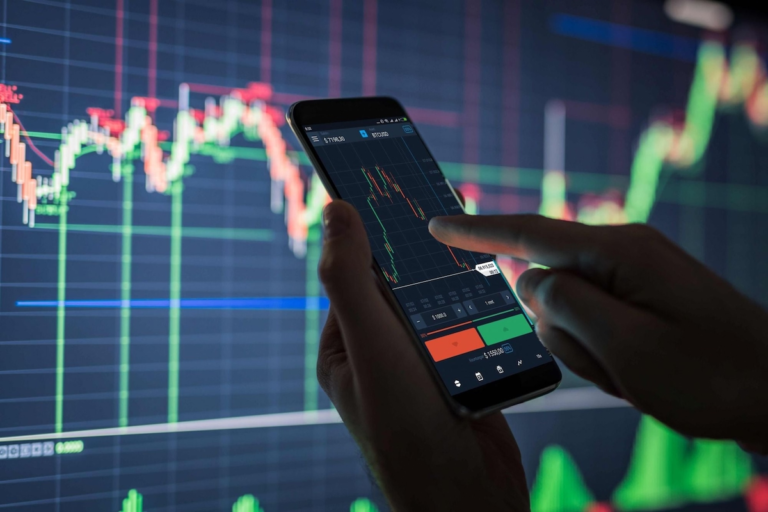You can place bets on global currencies through Forex (foreign currency exchange) brokerage accounts, buying or selling currency pairs that react to economic developments around the world. The Forex market operates 24 hours a day, 6 days a week, opening on Sunday afternoon in the United States and closing after stock traders have finished their business on Friday afternoon. The volume of currency trading is significant, totaling more than $6 trillion per day in 2022, more than the global stock or bond markets.

Forex brokers take short and long positions on currency pairs, which calculate the exchange rate between two forms of legal tender, the euro (EUR) and the U.S. dollar (USD). A long position opens a trade that makes money when the exchange rate rises; a short sale makes money when it falls. Unlike stocks, a trader does not borrow money or securities from a broker to open a short sale position, but they may have to pay a rollover fee.
Brokers hold your money in an account that changes in value every night in response to daily profits and losses, and they handle fees that can include commissions, access to expert advice, and withdrawal requests. Some brokers hide their fee schedules in legalese buried deep in the fine print of their website, meaning potential clients need to do their homework before opening an account. To help you avoid unpleasant surprises, here’s an in-depth look at how to choose a forex broker.
How to Choose a Forex Broker
Choosing a Forex broker first requires determining what type of investor you are and your goals for investing in currencies.
Every broker that offers Forex investments has its pros and cons. Some of the most important things to consider include regulation, the level of security provided by these companies, and transaction fees. Security features vary from broker to broker. Some brokers have integrated security features such as two-factor authentication to protect accounts from hackers.
Many Forex brokers are regulated. Brokers in the United States are regulated by the National Futures Association (NFA) and the Commodity Futures Trading Commission (CFTC), Germany, Switzerland, Austria, Canada, and the United Kingdom also regulate Forex brokers. However, not all brokers are regulated, and traders should be wary of unregulated companies.
Brokers also differ in their platforms such as FBS and have different minimum account requirements and trading fees. Before jumping on a trading platform, you may want to create a budget for your investing life. Find out how much you want to invest, how much you are willing to pay for fees, and what your goals are. There are a lot of factors to explore when choosing the right platform for you. Make sure to consider as many things as possible before getting involved.
Understanding Forex Currency Pairs
The first thing a trader must do, whether speculating on the Forex market or trading binary options, is to choose the currency pair in which he is going to invest his money. To trade, we must first clarify what a currency pair is: it is a trading instrument that allows you to buy one currency and sell a second one simultaneously. Once this first element is understood, we must then understand that the currency pairs are presented as follows: EUR/USD, GBP/USD, EUR/JPY. Therefore, when we buy the EUR/USD currency pair, we are actually buying euros and selling US dollars at the same time.
So, when the EUR/USD currency pair chart (below) shows us a rate of 1.12820, the information given to us by the chart is that the unit of the second currency (the dollar) is equivalent to one unit of the currency on the left (the euro). So, in our example, with one US dollar, we can buy 1.12820 dollars with 1 euro. This example helps us understand the dollar exchange rate.
One of the other issues that is necessary to clarify when discovering forex and that will help us understand this activity much more easily is that of the base currency and the counter currency. The first currency that makes up the currency pair (left currency) is the base currency and the second currency (right currency) is called the counter currency. Thus, in the EUR/USD, the euro is the base currency and the US dollar is the counter currency.


















